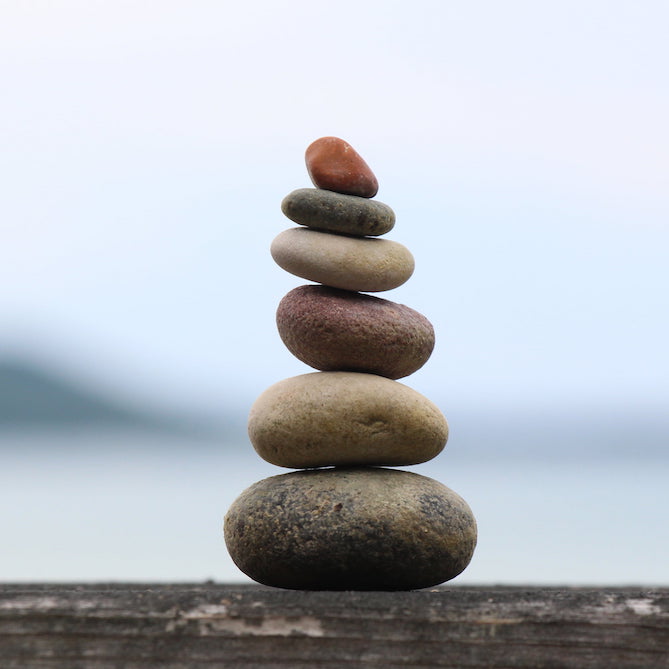
Blog #18: Stability and Mobility
Selma Gokcen
“Freedom, freedom, but with order.”
—Pablo Casals
In our work in the Alexander Technique, we teachers are constantly addressing the simultaneous need to stabilise and mobilise the body, to make sure the back remains firm and strong (but without stiffening), and the pelvis stable, all in order to move the arms and legs freely.
In my recent reading, I came across this little chart:
Foot — Stability
Ankle — Mobility
Knee — Stability
Hip — Mobility
Lumbar Spine — Stability
Thoracic Spine — Mobility
Scapula — Stability
Glenohumeral Joint — Mobility
Elbow — Stability
So what does this have to do with cello playing? Well, a fair bit! I’ll start from the bottom and work up, along the lines of how a tree grows, just because trees are a great example from Nature of both stability and mobility. Let’s talk about the seated cellist. We want the stability of well-planted feet, not curling toes and rising heels. But the ankles have to remain mobile and able to bear and execute shifts of weight as we bow out and back, shifting up and down with the left hand.
Knees and hips have an interesting relationship. The freedom and mobility in the hip joint breeds a knee that can stabilise the leg in two directions: up and out of the ankle and out and away from the hip. Like a suspension bridge, the two forces meet in the knee and create an oppositional pull which makes the leg a flexible but strong support for the entire body. In order for the hip to enjoy this degree of freedom, the pelvic structures have to be properly stabilised, with our weight both falling through (and lengthening up from) the sitting bones onto the chair, and not behind or forward of these bones. A helpful exercise in this regard is to practice sitting (using a bare wood stool) with only one ‘cheek’ on the chair and the other hanging off the chair, with the spine lengthening and the back widening. Then sit on the other ‘cheek’ and finally on both. The sense of the weight travelling through those bones is a reminder of the strength of these pelvic bones and for good reason. In sitting they have work to do to support the weight of the head and spine.
Now for our trunk. The spine is comprised of four curves for both mobility and stability: one at the neck (cervical); one at the top of the spine (thoracic); one at the lower spine (lumbar); and another at the sacrum. They are complimentary in/out curves that permit us to tolerate the minor impact of walking and also the high impact from running, high jumping and acrobatics. Many cellists are sadly out of tune with their curves. They stiffen in the cervical region, then either push out the thoracic curve or collapse in the lumbar spine. The Alexander work excels in honing our awareness of our spinal curves and learning to let them work for us; in the practice of letting go of a tight neck, we can recover the natural curves along the thoracic and lumbar spine.
And finally those all-important arms: a stable back with its natural curves permits the shoulder blade (scapula) and clavicle (collar bone) — sometimes referred to as the shoulder girdle—to rest upon the back. The shoulder girdle also provides a flexible structure for the arms to function freely. The forward-rolling or hunched shoulders of a cellist playing in thumb position will always contract and shorten the arms, providing nothing in the way of stability. Stiffening the shoulders in this way results in a ‘mistaken feeling’ of strength and firmness, but in fact the opposite is true. Playing in the upper positions then becomes hard work. Why not use the larger muscles of the back for the ‘heavy lifting ‘ leaving the hands to do the quick, dexterous movements they are designed for?
Freedom of movement is what we all want as players but we sometimes forget the necessary partner is stability, doing its job quietly, steadily and renewing itself if the proper conditions exist. The Alexander Technique can play an important role in helping cellists to learn how the twinned principles of stability and mobility are constantly interacting.
Subjects: Playing Healthy
Tags: acrobatics, Alexander Technique, ankle, arms, cello, cello playing, cellobello, elbow, firm, foot, freedom of movement, Glenohumeral Joint, Gokcen, heavy lifting, hip, hunched shoulders, joints, knee, legs, Lumbar spine, mobility, muscles, pelvic structures, principles of stability and mobility, relationships, Scapula, Selma, shifting, shoulder girdle, Spine, stability, stable back, strong, Thoracic Spine, weight
